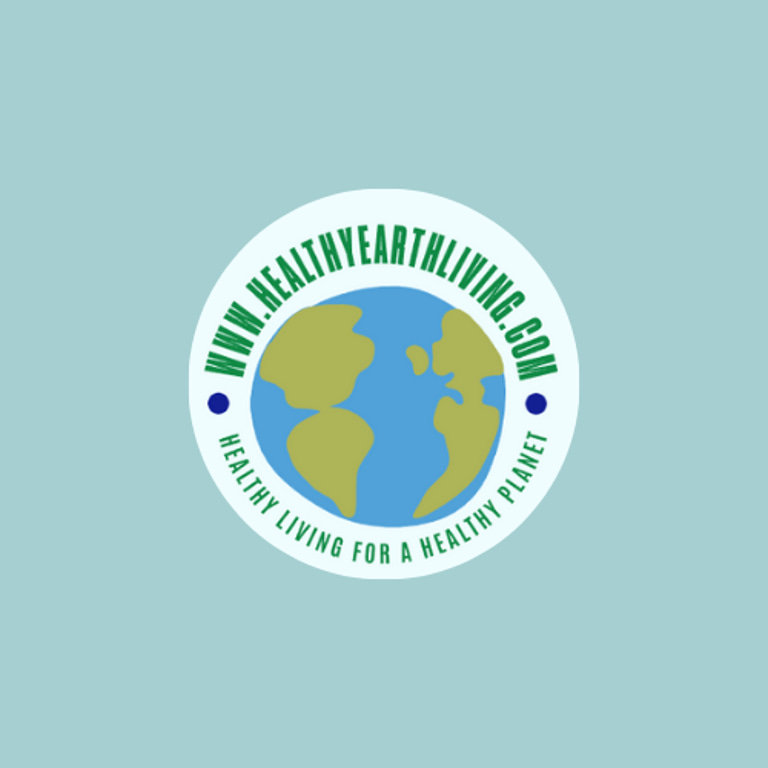Just a heads up, some of the links on this blog are affiliate links. This means if you click and make a purchase, I may earn a small commission—at no extra cost to you! Think of it as a tiny thank-you tip for my endless search for the best health, wellness, and sustainable living products. Rest assured, I only recommend things I truly love or wish I could hug in real life.
6 Ways to Lower Blood Pressure Naturally
Janelle Salo RN
9/8/20245 min read
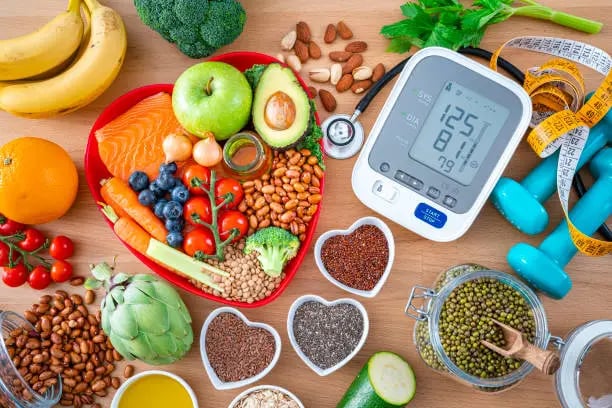

Effective Strategies for a Healthier You
1. Embrace a Heart-Healthy Diet
One of the most powerful tools in managing blood pressure is your diet. A diet rich in whole grains, fruits, vegetables, and lean proteins or vegetable proteins can naturally help lower blood pressure. Known as the DASH diet (Dietary Approaches to Stop Hypertension), it emphasizes nutrient-dense foods that are low in sodium. (2)
Increase potassium intake: Foods rich in potassium, such as bananas, sweet potatoes, spinach, and oranges, help balance the effects of sodium and relieve pressure on your blood vessels.
Limit sodium: Reducing sodium intake is key to managing blood pressure. Processed foods, canned goods, and salty snacks are often loaded with hidden sodium. For optimal results, aim to consume less than 2,300 milligrams of sodium per day, or even lower, around 1,500 milligrams. That is equivalent to approximately one teaspoon or less. Check your food labels on cans and processed foods. You would be surprised to know how much sodium you consume in products advertised as low in sodium.
If you can batch cook or meal prep at home, it’s the best way to control sodium intake since you are the chef—you have control!
You can also use salt substitutes such as Nu-Salt or Benson’s Table Tasty. These two great options help cut out the salt without losing the taste!
2. Stay Active with Regular Exercise
Physical activity is another natural way to lower blood pressure. Regular cardiovascular exercise can strengthen your heart and improve blood flow, reducing the pressure on your arteries. (3)
Aerobic exercises: Walking, jogging, swimming, or cycling can significantly lower your systolic blood pressure (the top number in a blood pressure reading). I always tell my senior patients that walking is the best form of exercise when a gym membership isn’t an option.
Strength training: Incorporating resistance training, such as weight lifting or bodyweight exercises, twice a week can also reduce long-term blood pressure.
Consistency is key: Aim for at least 150 minutes of moderate-intensity aerobic exercise per week or 30-50 minutes three times per week for the best results.
3. Practice Mindfulness and Stress Reduction
Chronic stress is a significant contributor to high blood pressure. Incorporating stress-relieving activities into your daily routine can naturally lower blood pressure and improve overall well-being. (4)
Meditation and deep breathing: Mindfulness meditation, deep breathing exercises, and yoga can help calm your nervous system and reduce stress and blood pressure.
Get quality sleep: Prioritize restful sleep by maintaining a consistent sleep schedule and creating a relaxing bedtime routine. Poor sleep can contribute to higher blood pressure, so aim for 7-9 hours of quality sleep each night.
Limit caffeine and alcohol: While moderate caffeine intake may not affect everyone, excessive consumption can elevate blood pressure. Limiting alcohol intake to one drink per day for women and two drinks per day for men can also reduce hypertension risk.
4. Maintain a Healthy Weight
Being overweight or obese can increase your risk of high blood pressure. Losing even a small amount of weight can significantly impact your blood pressure. Focus on sustainable weight loss methods, including a balanced diet and regular physical activity. (5)
Track your progress: Journaling your meals, exercise, and weight can help you stay on track and make healthier choices.
Set realistic goals: To ensure long-term success, gradually lose around 1-2 pounds per week. Any more than that may mean you are not getting enough nutrition, leading to a whole other gamut of issues. Weight loss takes time, so slow your roll and be proud of yourself for taking the initiative.
5. Incorporate Natural Supplements
Certain supplements have shown promise in helping to manage blood pressure naturally. However, it’s essential to consult with your healthcare provider before starting any new supplement regimen. (6)
Garlic supplements: Garlic has been shown to lower blood pressure by promoting relaxation of blood vessels.
Flaxseed oil: Omega-3 fatty acids found in flaxseed oil can help reduce blood pressure and improve heart health.
Magnesium: Magnesium supplements may help regulate blood pressure by relaxing blood vessels. Magnesium can also be found in foods like soy, tofu, spinach, bananas, beans, nuts, seeds, dried apricots and dark leafy greens like spinach, beet greens and avocados




High blood pressure, or hypertension, is a common health issue that affects millions worldwide. If left unmanaged, it can lead to severe health problems such as heart disease and stroke. While medications are often necessary, many people seek natural ways to lower blood pressure. If you are genetically predisposed to hypertension like me, Incorporating lifestyle changes, dietary adjustments, and stress-reduction techniques can naturally reduce your blood pressure.
Here’s a guide to help you discover holistic methods for lowering blood pressure that you can integrate into your daily routine.
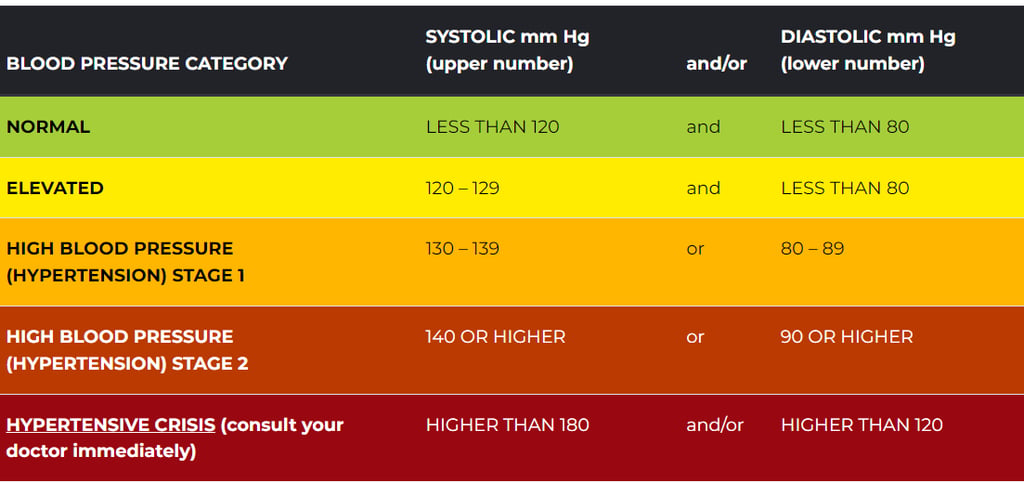

Systolic Vs. Diastolic: What does it mean?
Systolic blood pressure, or top number, is the pressure inside your blood vessels when your heart muscle contracts or beats.
Diastolic blood pressure, or bottom number, is the pressure inside your blood vessels when your heart muscle rests between beats.
According to the American Heart Association (AHA), normal blood pressure is less than 120/80 (1). High blood pressure or hypertension can be considered a medical emergency when it is greater than 180/120. When managing your blood pressure at home, a reading like this is a trip to the emergency room to prevent a heart attack or stroke. Most providers recommend the Omron home digital arm cuff, but any digital blood pressure cuff will do. Something is better than nothing!
The best time to check your blood pressure is first thing in the morning before starting your day or, if you are taking blood pressure medications, about an hour after to check for medication effectiveness.
High blood pressure is often called the silent killer because most people don’t even realize they have it, but if you’re like me, a headache or blurred vision is an indication that your blood pressure may be high, so this is when I usually check mine.
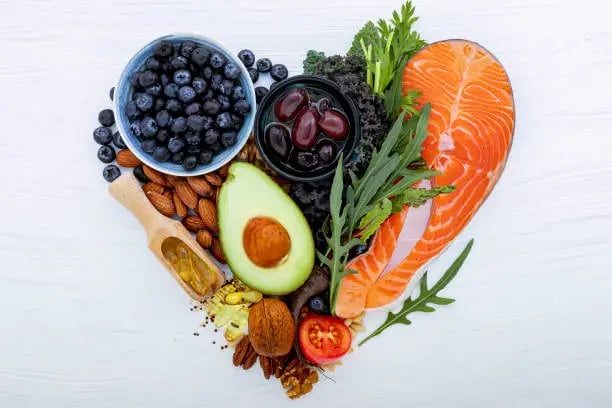



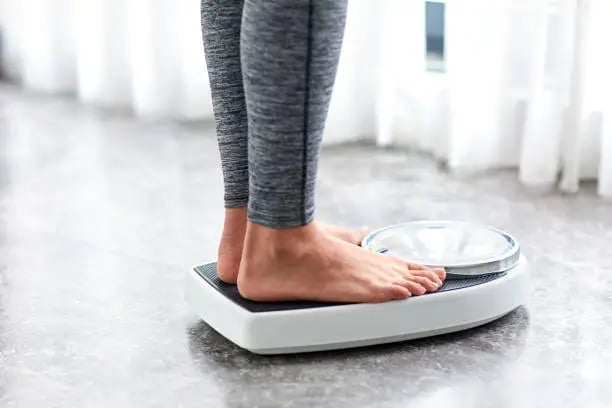

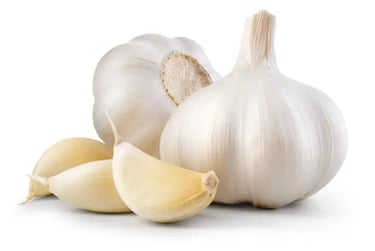
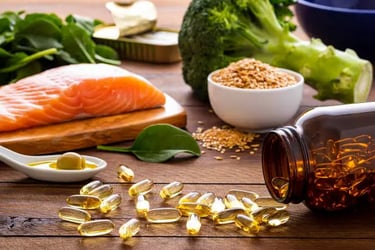


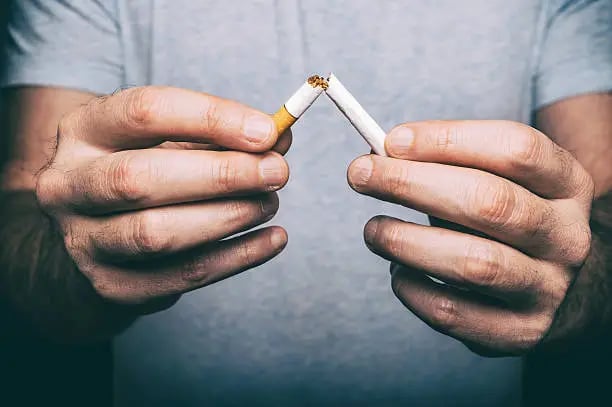

6. Quit Smoking
Smoking is one of the most significant risk factors for developing high blood pressure and heart disease. Quitting smoking can lead to immediate and long-term benefits for your cardiovascular health. (7)
Seek support: There are many resources available to help you quit smoking, including counseling, nicotine replacement therapy, and support groups.
Track your progress: Celebrate milestones as you reduce your smoking habit and eventually quit for good!


Bottom Line
Lowering your blood pressure naturally requires a commitment to lifestyle changes that promote overall health. You can significantly control your blood pressure without relying solely on medication by focusing on a heart-healthy diet, regular exercise, stress management, and incorporating natural supplements.
Remember, consult with your healthcare provider before making any major lifestyle changes or starting new supplements. With the right approach, you can achieve a healthier heart and improve your quality of life through natural means.
© 2025 Salo Content Writing LLC, all rights reserved
Join the Movement for a Healthier Planet! 🌿
Subscribe now and get your FREE Sustainable Living Checklist! Plus, enjoy weekly articles and delicious plant-based recipes straight to your inbox. Let’s make sustainable living simple and inspiring, one email at a time! 💚✨
